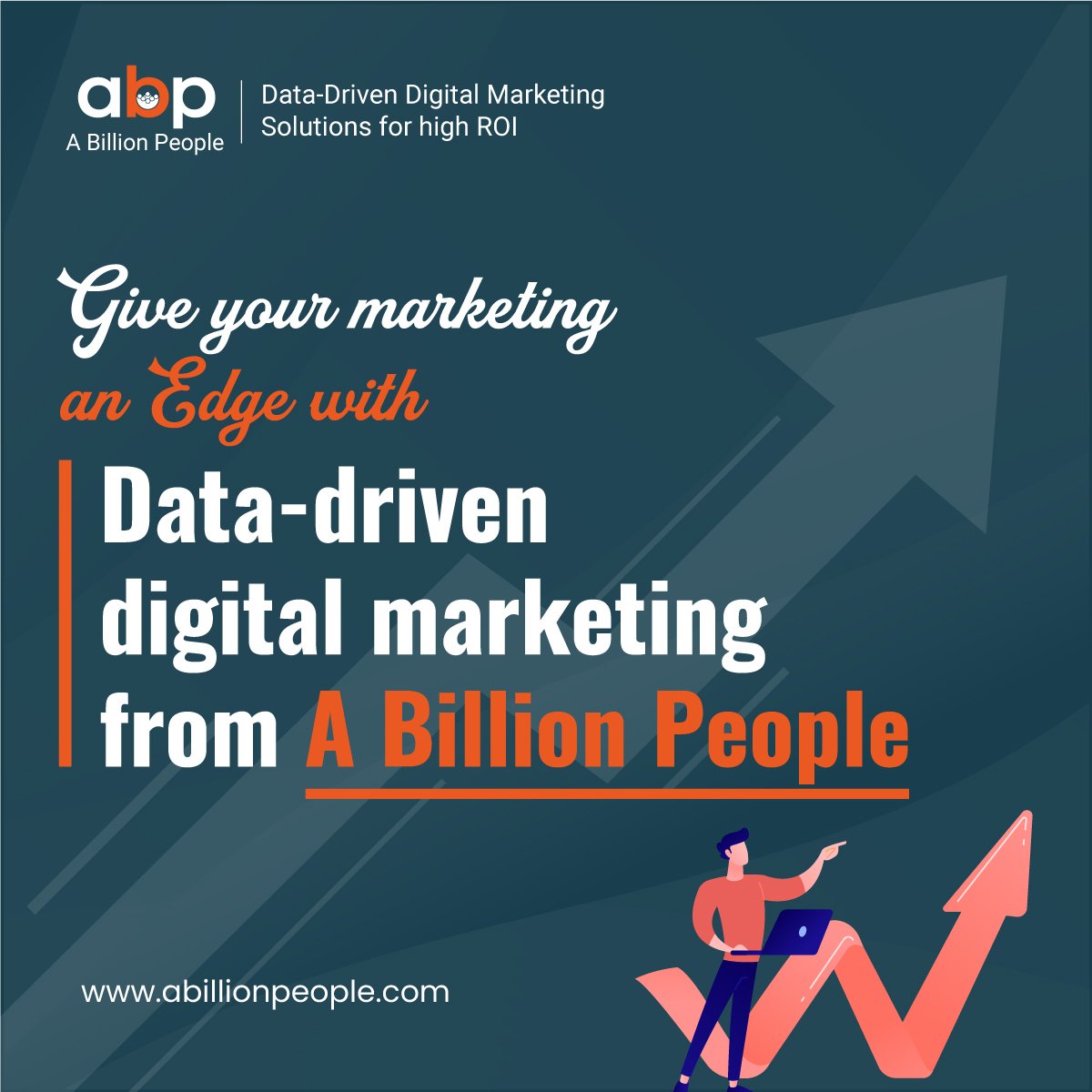“A picture is worth a thousand words, but a compelling visual story can be worth millions.”
Introduction
In today’s fast-paced digital world, where attention spans are shorter than ever, the importance of visual storytelling in marketing cannot be overstated. Visual storytelling is not just about pretty pictures or aesthetically pleasing designs; it’s about creating a narrative that resonates with your audience on an emotional level. It’s about telling your brand’s story in a way that is both engaging and memorable. As businesses strive to connect with their audience and differentiate themselves in a crowded market, leveraging the power of visual storytelling can be a game-changer. This blog will delve into the various facets of visual storytelling, exploring how compelling imagery can enhance your marketing efforts and drive success.
The Psychology of Visuals in Marketing
The human brain processes visuals 60,000 times faster than text, making imagery a powerful tool in communication. When used effectively, visuals can evoke emotions, trigger memories, and influence decisions. This psychological response to visuals stems from our evolutionary history, where quick interpretation of visual cues was critical for survival. In a marketing context, this means that the right imagery can create an immediate connection with your audience, bypassing the slower, more analytical processes that text requires. Visual storytelling taps into the audience’s subconscious, using colours, shapes, and images to convey messages more effectively than words alone. By understanding how your audience interprets these visual elements, you can craft marketing campaigns that resonate more deeply, leading to higher engagement and conversion rates.
For example, colour psychology plays a crucial role in how a brand is perceived. Red can evoke feelings of urgency and excitement, making it effective in clearance sales, while blue tends to be associated with trust and reliability, often used by financial institutions. Similarly, the use of certain shapes and symbols can trigger specific responses. A circular logo, for instance, might be perceived as more approachable and friendly compared to a sharp, angular design. By strategically choosing these elements, brands can influence how their message is received and ensure that it aligns with their overall marketing goals.
The Evolution of Visual Storytelling
Visual storytelling has evolved significantly over the years, from cave paintings and ancient hieroglyphs to today’s digital platforms. Early humans used visuals to record their stories, convey complex ideas, and communicate with others in their community. These primitive forms of storytelling were not just about survival; they were also about establishing identity, passing down knowledge, and creating a shared understanding of the world. As civilization advanced, so did the methods of visual storytelling. The invention of the printing press, for example, revolutionized the way stories were shared, making visual content more accessible to the masses.
In the modern era, the shift from text-heavy content to visually rich narratives reflects the changing preferences of consumers who crave instant, easy-to-digest content. Social media platforms like Instagram, Pinterest, and TikTok have further accelerated this trend, offering brands new ways to connect with their audience through visual content. The evolution of visual storytelling mirrors the evolution of communication itself, where visuals transcend language barriers and create universal connections. This shift has not only changed the way we consume content but has also opened up new opportunities for brands to engage with their audience on a deeper level.
Brands that have successfully adapted to this evolution understand that visual storytelling is not just about aesthetics; it’s about creating a narrative that resonates with their audience. They recognize the power of visuals in conveying complex ideas quickly and effectively, and they use this to their advantage. As a result, these brands are able to build stronger connections with their audience, leading to increased loyalty and trust.
Types of Visual Storytelling
There are various types of visual storytelling, each serving a unique purpose in marketing. These include infographics, videos, memes, photography, illustrations, and data visualization. Each type of visual storytelling has its strengths and can be used strategically depending on the message you want to convey.
- Infographics, for example, are an excellent way to simplify complex information. By combining text, images, and data, infographics can present information in a visually appealing and easy-to-understand format. This makes them particularly effective for educational content, where the goal is to inform and educate the audience. Videos, on the other hand, are highly engaging and can be used to tell a story in a dynamic and interactive way. Whether it’s a product demo, a customer testimonial, or a behind-the-scenes look at your company, videos can bring your brand’s story to life in a way that static images cannot.
- Memes are another powerful tool in visual storytelling. They leverage humor and relatability to connect with audiences on a more personal level. Memes are often shared widely on social media, making them an effective way to increase brand awareness and engagement. However, it’s important to use memes carefully and ensure that they align with your brand’s voice and values.
- Photography and illustrations, while more traditional forms of visual storytelling, remain highly effective. Photography allows you to capture real-life moments that resonate with your audience, while illustrations can bring creative ideas to life in a way that’s unique and memorable. Finally, data visualization is a powerful tool for making data more accessible and understandable. By turning complex data sets into visually appealing charts, graphs, and maps, you can help your audience grasp important insights quickly and easily.
By understanding the different types of visual storytelling and how they can be used to enhance your marketing efforts, you can create a more engaging and effective brand narrative.
The Role of Imagery in Branding
Imagery plays a crucial role in shaping brand identity. Consistent use of visuals that align with your brand’s values and messaging helps in creating a recognizable and trustworthy brand. From logos and colour schemes to the style of photography, every visual element contributes to the overall brand story.
Your brand’s visual identity is the first impression you make on potential customers, and it’s crucial that it reflects who you are and what you stand for. A strong visual identity not only sets you apart from competitors but also helps build trust and credibility with your audience. For example, Apple’s sleek, minimalist design is synonymous with innovation and quality, while Coca-Cola’s use of the colour red and its classic logo evoke feelings of happiness and nostalgia.
Consistency is key when it comes to visual branding. Using the same colours, fonts, and imagery across all your marketing materials helps to reinforce your brand’s identity and makes it more memorable. It’s also important to ensure that your visual elements align with your brand’s values and messaging. If your brand is all about sustainability, for example, you’ll want to use imagery that reflects this, such as images of nature, eco-friendly products, or happy, healthy people.
In addition to creating a strong visual identity, it’s also important to consider how your imagery will be perceived by your audience. Different cultures and demographics may interpret visuals differently, so it’s important to choose imagery that resonates with your target audience. By understanding your audience and using imagery that speaks to them, you can create a more effective and impactful brand story.
Crafting a Visual Storytelling Strategy
A well-defined visual storytelling strategy involves understanding your audience, defining your message, choosing the right visuals, and ensuring consistency across all platforms. It’s not just about creating beautiful images but about telling a story that resonates with your target audience.
To create a successful visual storytelling strategy, you first need to understand who your audience is and what they care about. This involves conducting market research to identify your audience’s demographics, interests, and pain points. Once you have a clear understanding of your audience, you can begin to craft a message that speaks to them.
Next, you’ll need to choose the right visuals to convey your message. This could be anything from a series of photos that tell a story, to an infographic that simplifies complex information, to a video that brings your brand to life. Whatever visuals you choose, it’s important to ensure that they align with your brand’s identity and resonate with your audience.
Consistency is also key when it comes to visual storytelling. Whether you’re posting on social media, creating a website, or designing a marketing campaign, it’s important to use the same visual elements across all your platforms. This helps to reinforce your brand’s identity and makes it more memorable.
Finally, it’s important to regularly review and update your visual storytelling strategy to ensure that it’s still effective. This might involve conducting audience surveys, analysing engagement metrics, or keeping up with the latest trends in visual storytelling. By continually refining your strategy, you can ensure that your visual storytelling remains fresh, relevant, and impactful.
The Importance of Authenticity in Visual Storytelling
In an era where consumers are bombarded with content, authenticity stands out. Audiences crave genuine, relatable stories that reflect real experiences. Using authentic imagery that resonates with your audience builds trust and loyalty.
Authentic visual storytelling connects on a deeper level, fostering a sense of trust and emotional connection with your brand. For example, using real customer photos instead of stock images can create a more genuine and relatable brand image. Similarly, sharing behind-the-scenes photos or videos of your team can help humanize your brand and make it more relatable to your audience.
In addition to using authentic imagery, it’s also important to ensure that your visual storytelling reflects your brand’s values and mission. If your brand is committed to sustainability, for example, you’ll want to use visuals that reflect this, such as images of eco-friendly products, renewable energy sources, or nature. By aligning your visuals with your brand’s values, you can create a more authentic and impactful brand story.
Finally, it’s important to remember that authenticity is not just about the visuals you use, but also about the way you tell your story. This means being honest, transparent, and genuine in your messaging. By being authentic in your visual storytelling, you can build stronger connections with your audience and create a more loyal and engaged customer base.
The Power of Emotions in Visual Storytelling
Emotions drive consumer behaviour, and visual storytelling is a powerful way to tap into these emotions. Whether it’s joy, nostalgia, fear, or excitement, visuals can evoke powerful emotional responses that influence purchasing decisions. For instance, a marketing campaign that uses heart-warming imagery of family moments can create a sense of nostalgia and warmth, leading to a positive association with the brand.
Understanding the emotional impact of visuals allows marketers to craft more compelling and persuasive campaigns. By choosing imagery that aligns with the emotional tone of your message, you can create a stronger connection with your audience. This could involve using evocative images that highlight the benefits of your product or service in a way that resonates emotionally. For example, a non-profit organization might use powerful imagery of people in need to elicit empathy and drive donations.
Emotional storytelling is also effective in building brand loyalty. When customers have a positive emotional experience with your brand, they are more likely to return and advocate for it. By consistently using visuals that evoke positive emotions and align with your brand values, you can foster a deeper and more lasting connection with your audience.
Leveraging Technology in Visual Storytelling
Technology has revolutionized visual storytelling, offering new tools and platforms to enhance how stories are told. From advanced graphic design software to immersive virtual reality experiences, technology provides marketers with innovative ways to engage their audience.
Graphic design software like Adobe Creative Suite enables the creation of high-quality visuals that can capture attention and convey messages effectively. Tools like Photoshop and Illustrator allow for detailed image editing and custom design, ensuring that visuals are tailored to your brand’s needs. Additionally, the rise of video editing software has made it easier to create compelling video content that can be shared across multiple platforms.
Virtual reality (VR) and augmented reality (AR) offer immersive experiences that can transport audiences into new worlds or overlay digital elements onto the real world. Brands can use VR and AR to create interactive experiences that engage users in unique and memorable ways. For example, a furniture retailer might use AR to allow customers to visualize how a piece of furniture would look in their home before making a purchase.
Social media platforms also play a crucial role in visual storytelling. Features like Instagram Stories, TikTok videos, and Pinterest boards allow brands to share visually engaging content with their audience in real-time. By staying up-to-date with the latest social media trends and leveraging these platforms effectively, brands can reach a wider audience and enhance their visual storytelling efforts.
The Future of Visual Storytelling
As technology continues to advance and consumer preferences evolve, the future of visual storytelling holds exciting possibilities. Emerging trends such as artificial intelligence (AI), machine learning, and enhanced data analytics are set to transform how visual content is created and consumed.
AI and machine learning can automate aspects of visual content creation, such as generating personalized recommendations or optimizing imagery for different platforms. This technology allows for more efficient content production and helps ensure that visuals are tailored to individual preferences and behaviours.
Data analytics provides valuable insights into how audiences engage with visual content. By analysing metrics such as click-through rates, engagement levels, and conversion rates, brands can refine their visual storytelling strategies and create more effective campaigns. Understanding what resonates with your audience allows for continuous improvement and adaptation to changing trends.
As we look to the future, it’s important for brands to remain agile and open to new technologies and trends. Embracing innovation and staying ahead of the curve will ensure that your visual storytelling remains relevant and impactful in the ever-evolving digital landscape.
Conclusion
Visual storytelling is not just a trend; it’s a fundamental aspect of modern marketing that can significantly enhance your brand’s ability to connect with its audience. By understanding the psychology of visuals, crafting authentic narratives, and leveraging the latest technologies, you can create compelling imagery that resonates with your audience and drives your marketing efforts forward. As we move into the future, the importance of visual storytelling will only continue to grow, making it an essential skill for marketers everywhere.


















